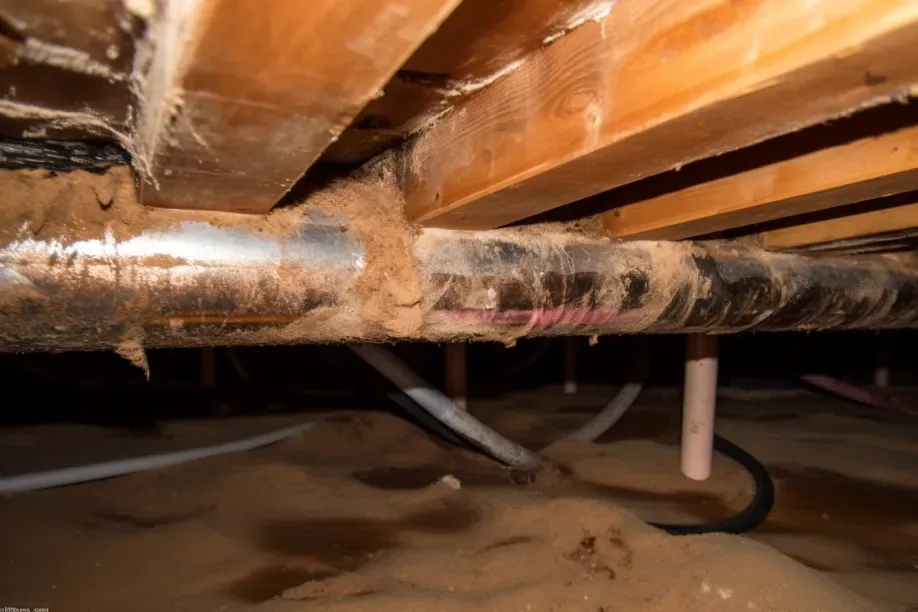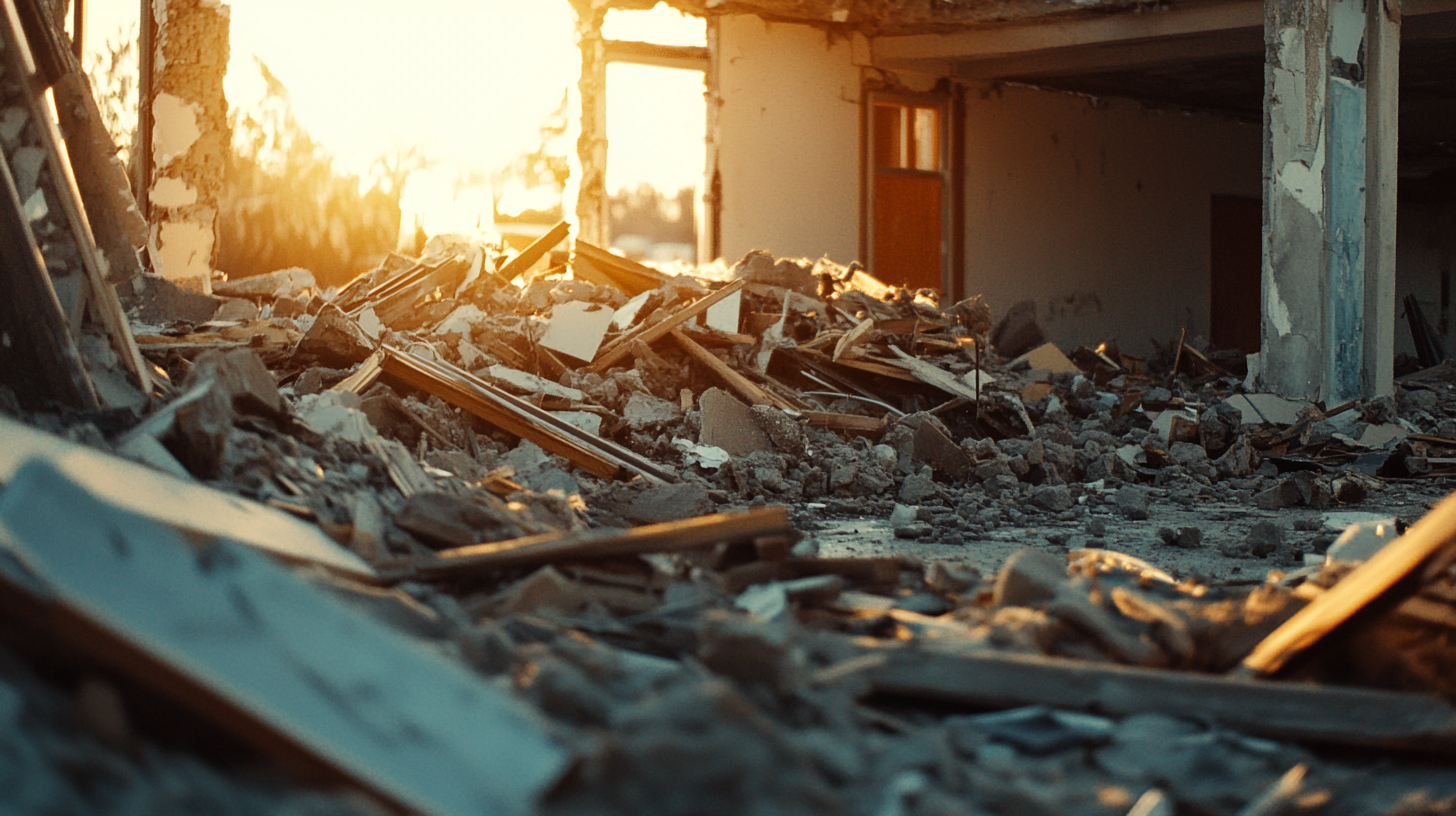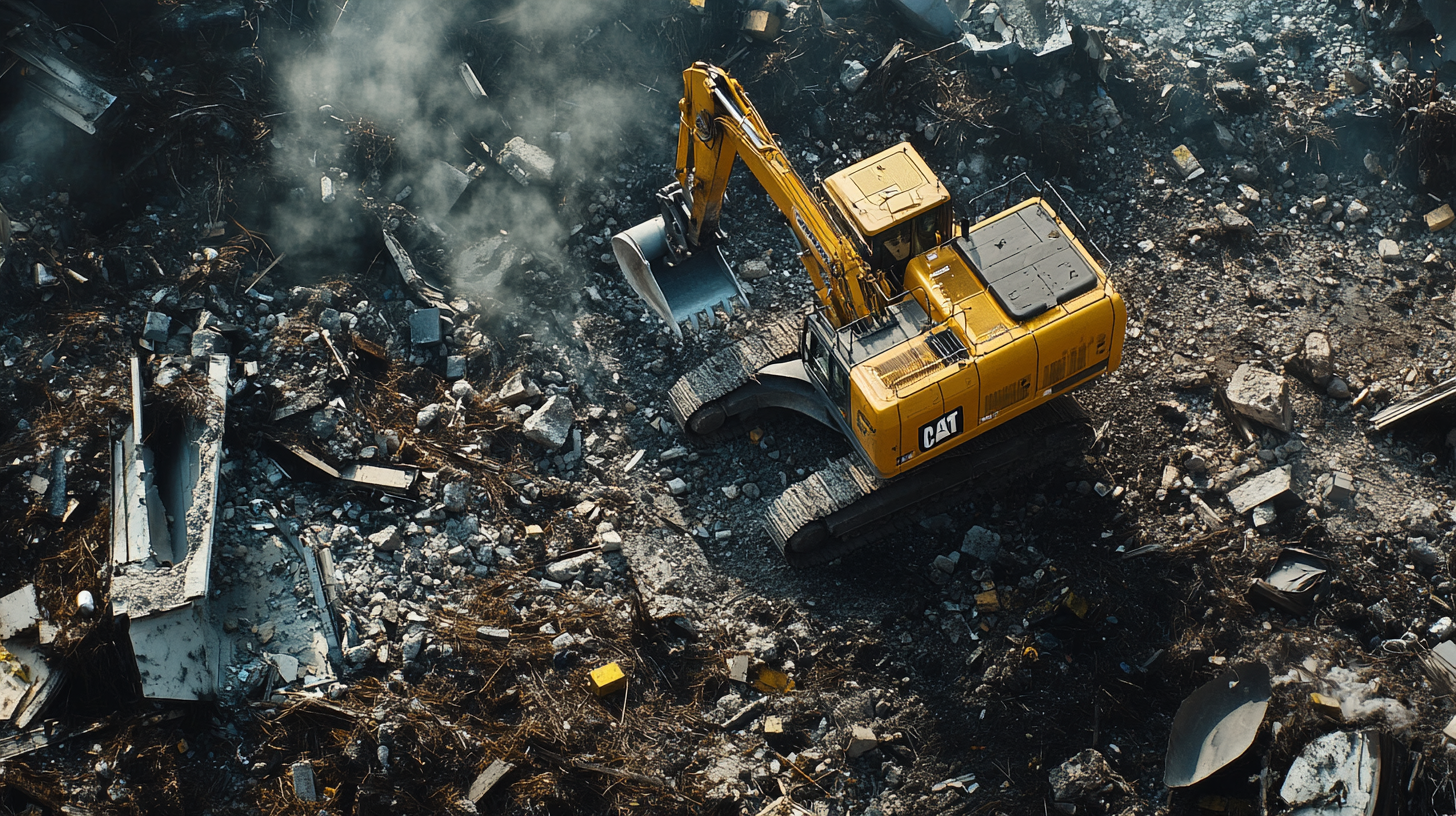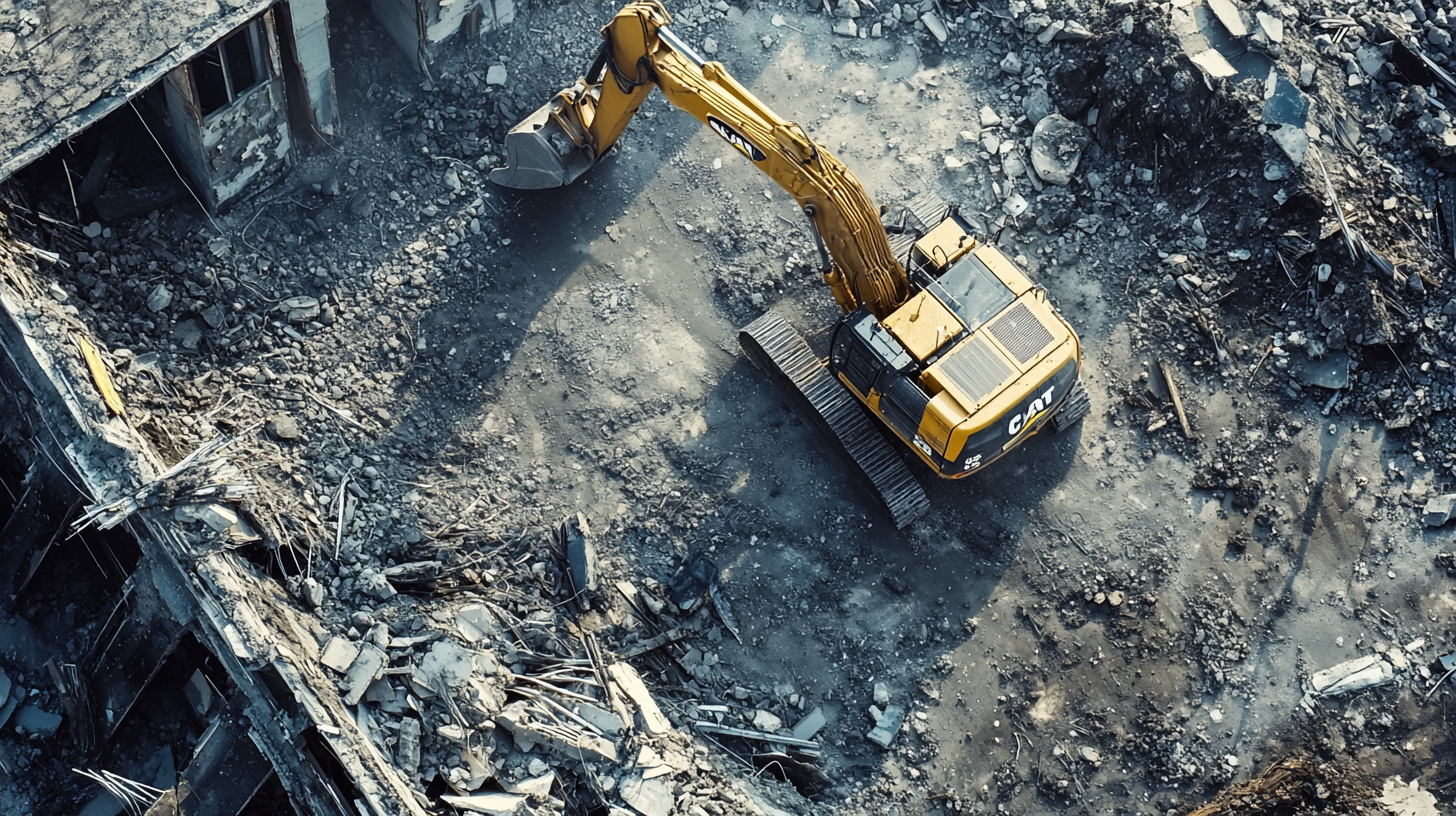
Welcome to our essential guide on the importance of regular mold inspections in maintaining a healthy and safe living environment. Mold, often an unseen intruder, can silently invade our homes, compromising not only the structural integrity of our living spaces but also posing significant health risks to its inhabitants. In this introduction, we emphasize the critical role that regular mold inspections play in safeguarding the well-being of your home and family.
Understanding the subtleties of mold growth is key to preventing its adverse effects. Mold can thrive in various hidden corners of your home, often going unnoticed until it becomes a larger problem. Early detection through regular inspections is crucial in preventing extensive damage to your home and protecting your family from potential health issues. Mold-related health concerns range from mild allergic reactions to more serious respiratory conditions, especially in individuals with pre-existing health issues.
As we transition into the heart of our discussion, we will present a detailed checklist for conducting thorough mold inspections. This guide is designed to empower you as a homeowner, providing you with the knowledge and tools to proactively identify potential mold issues before they escalate. Join us as we delve into the specifics of mold detection, ensuring that your home remains a safe and healthy haven for you and your loved ones.
Preparing for a Mold Inspection
Conducting a mold inspection in your home is a proactive step towards ensuring a healthy living environment. Preparing adequately for this inspection is crucial for it to be effective. This section will guide you through understanding the signs of mold presence and the tools required for a thorough inspection.
Understanding What Mold Looks and Smells Like
Recognizing the presence of mold is the first step in addressing it. Mold can manifest in various ways, both visually and through odor:
- Visual Signs: Mold often appears as irregularly shaped spots or patches. Colors can vary widely, from black, green, and gray to white, orange, or even purple. Look for discoloration or fuzzy growth on surfaces.
- Odors: Mold has a distinct musty, earthy smell, similar to the scent of damp paper or wood. This odor is particularly noticeable in closed spaces or areas with poor ventilation.
Being familiar with these signs will help you identify potential mold issues during your inspection, even in less obvious places.
Gathering Necessary Tools for Inspection
A thorough mold inspection requires some basic tools and equipment. Here’s a list of items you should gather before starting your inspection:
- Flashlight: Essential for inspecting dark or poorly lit areas, such as basements, attics, and closets.
- Gloves: Wear gloves to protect your hands from direct contact with mold and cleaning agents.
- Protective Mask: A mask, preferably an N-95 respirator, will protect you from inhaling mold spores.
- Notepad and Pen: Useful for taking notes about the location and extent of mold growth.
- Moisture Meter: This tool can help detect moisture in walls and other surfaces, a precursor to mold growth.
- Camera or Smartphone: For taking pictures of mold growth, which can be helpful for future reference or if professional remediation is needed.
- Screwdriver: Useful for gently probing wood and drywall for signs of rot or mold underneath the surface.
Equipped with these tools, you’ll be ready to conduct a comprehensive mold inspection in your home, identifying areas of concern and taking the first step towards a mold-free environment.
Indoor Mold Inspection Areas
A thorough mold inspection in your home involves scrutinizing both obvious and obscure areas. Mold tends to thrive in moist environments and can often be found in hidden or hard-to-reach spaces. This section provides a focused approach to inspecting these critical areas, ensuring a comprehensive assessment of potential mold growth in your home.
High-Moisture Areas
Certain areas in your home are more prone to moisture and, consequently, mold growth. Here's a checklist for inspecting these high-moisture areas:
- Bathrooms: Check around the shower, bathtub, sink, and toilet. Look for mold on walls, ceilings, and in grout lines. Don’t forget to inspect exhaust fans and window sills.
- Kitchens: Inspect under the sink, around the refrigerator, and near the dishwasher. Examine walls and floors for any signs of water leakage or mold growth.
- Laundry Rooms: Look around the washing machine, especially behind and underneath it. Check any utility sinks and nearby walls for moisture or mold.
- Basements: Basements are particularly susceptible to mold due to potential water intrusion and high humidity. Inspect walls, especially near pipes, and look for damp spots or water stains.
- Around Water Heaters and Boilers: These areas can have condensation issues, making them prime spots for mold growth.
Hidden and Hard-to-Reach Spaces
Mold can also lurk in less visible areas of your home. Here’s a guide for checking these hidden and hard-to-reach spaces:
- Under Sinks: Check the cabinetry under sinks for any signs of leaks or mold growth. Use a flashlight to inspect the back corners.
- Behind Appliances: Pull out appliances like refrigerators and washing machines to inspect the walls and floors behind them.
- Basements and Attics: Examine the corners and edges, especially where the walls meet the floor or ceiling. Look for any discoloration or water damage.
- Inside Closets: Inspect the walls and floors of closets, especially those against exterior walls or below bathrooms.
- Around Windows and Door Frames: Condensation can accumulate here, leading to mold. Check for any discoloration or peeling paint.
- Air Ducts and Vents: Mold can grow in HVAC systems. If accessible, inspect air ducts and vents for any signs of mold.
By methodically inspecting these areas, you can identify potential mold issues early, allowing for prompt remediation to maintain a healthy indoor environment.
Specific Signs of Mold to Look For
Detecting mold in your home involves being vigilant about certain visual and olfactory indicators. Mold can manifest in various forms, and its presence is not always overtly noticeable. This section will guide you through the specific signs of mold to look for, helping you identify potential issues before they escalate.
Visual Indicators
Mold growth can present itself in several visual forms. Here are some key indicators to watch for:
- Color Variations: Mold appears in a range of colors, including black, green, white, orange, or even purple. It's important to note that mold can look different depending on the species and the surface it's growing on.
- Texture: Mold often has a fuzzy or slimy texture. It can look like a smudge or stain on a surface.
- Discoloration: Look for areas of discoloration on walls, ceilings, floors, or other surfaces. Even if it doesn't look like typical mold, discoloration can be a sign of mold growth beneath the surface.
- Water Stains: Water stains on ceilings or walls are a telltale sign of moisture problems, which can lead to mold growth. Pay special attention to areas with water stains.
- Peeling or Warping: Surfaces that are peeling, warping, or showing signs of deterioration can indicate moisture issues and potential mold growth.
Olfactory Signs
Mold has a distinct smell, and sometimes your nose can be the best tool for detecting mold in your home:
- Musty Odor: Mold often emits a musty, earthy smell, similar to the scent of wet socks or rotting wood. This odor is particularly noticeable in closed spaces or areas with poor ventilation.
- Intensity Variation: The strength of the musty odor can vary. Sometimes, it might be faint and only detectable close to the mold source. In other cases, it can be overwhelming and noticeable immediately upon entering a room.
- Location-Specific Smells: Pay attention to changes in the smell in different parts of your home. A sudden musty odor in a specific area, like a basement or a closet, can be a strong indicator of mold presence.
Being aware of these visual and olfactory signs is crucial in early mold detection. Regular inspections and prompt attention to these indicators can help maintain a healthy and mold-free living environment.
Outdoor Mold Inspection
While indoor mold gets a lot of attention, outdoor mold can also pose significant problems, affecting both the exterior aesthetics and structural integrity of your home. Conducting a thorough outdoor mold inspection is crucial in identifying potential issues that could lead to indoor mold problems or damage to your home's exterior. This section covers key areas to inspect, including exterior walls, foundations, roofs, and gutters.
Exterior Walls and Foundations
The exterior walls and foundation of your home are the first line of defense against the elements and potential mold growth. Here are steps to effectively inspect these areas:
- Visual Inspection: Look for any signs of mold growth, which can appear as black or green patches. Pay special attention to areas that are shaded and receive less sunlight.
- Check for Cracks: Inspect the walls and foundation for cracks or crevices where moisture can enter and lead to mold growth.
- Moisture Indicators: Look for signs of moisture damage, such as peeling paint, discoloration, or efflorescence (a white, powdery substance).
- Drainage: Ensure that the ground around your home slopes away from the foundation to prevent water accumulation.
- Vegetation: Keep plants and shrubs trimmed and away from the walls to improve air circulation and reduce moisture.
Roof and Gutters
Your roof and gutter system play a crucial role in directing water away from your home. Proper inspection and maintenance can prevent water damage and mold growth:
- Roof Inspection: Look for missing, damaged, or worn-out shingles that can allow water to seep in. Check for any moss or algae growth, as these can retain moisture.
- Gutters and Downspouts: Ensure that gutters are clean and free of debris that can cause water to back up and seep into the roof or walls. Check for any signs of rust or damage.
- Water Flow: During rain, observe how water flows through your gutters and downspouts. Water should be directed away from the foundation.
- Downspout Condition: Ensure that downspouts are intact, properly attached, and directing water away from the foundation.
- Inspect Flashing: Check the flashing around chimneys, vents, and roof joints for any signs of damage or gaps.
Regular inspection and maintenance of your home's exterior, roof, and gutters are essential in preventing mold growth and water damage. Addressing these issues promptly can save you from more significant problems in the future.
Documenting and Assessing Your Findings
After conducting a thorough mold inspection in your home, both indoors and outdoors, the next crucial step is to document and assess your findings. Proper documentation can help in tracking the progression of mold growth, making informed decisions about remediation, and providing clear records if professional assistance is needed. This section offers guidance on how to effectively keep a record of potential mold areas and assess the severity of any mold infestation found.
Keeping a Record of Potential Mold Areas
Documenting your findings is essential for a comprehensive understanding of the mold situation in your home. Here are some tips for effective documentation:
- Take Detailed Notes: Write down the locations where mold is observed, the size of the area affected, and the appearance of the mold (color, texture). Note any conditions that might be contributing to the mold growth, such as leaks or high humidity.
- Photograph Evidence: Take clear photographs of all areas where mold is present. This visual record is crucial for comparing the extent of mold growth over time and can be valuable for professional assessment.
- Date Your Records: Ensure that all notes and photographs are dated. This helps in tracking the progression or resolution of the mold issue.
- Use a Diagram: For more extensive mold problems, consider drawing a simple diagram of your home and marking the areas where mold is found. This can be particularly helpful in understanding the spread and potential sources of mold.
Determining the Severity of Mold Infestation
Assessing the severity of mold infestation is key to deciding on the appropriate course of action:
- Size of Area: As a general rule, if the mold covers an area less than 10 square feet, it is often considered manageable through DIY methods. Larger areas typically require professional assessment and remediation.
- Type of Surface: Mold on non-porous surfaces (like tiles) is generally easier to handle than mold on porous materials (like drywall), which may need to be replaced.
- Health Impact: Consider the health of household members. If anyone is experiencing symptoms that could be related to mold exposure, it's advisable to seek professional help.
- Reoccurrence: If mold keeps returning despite thorough cleaning, this could indicate an underlying issue that requires professional diagnosis and treatment.
By carefully documenting and assessing your findings, you can make informed decisions about whether to handle the mold issue yourself or seek professional help. This proactive approach is essential in maintaining a healthy living environment.
FAQs
Contact Bull City Crawlspace Today!
Bull City Crawlspace will do everything we can to ensure your experience with us is excellent.
Request A FREE Estimate
Request a Free Estimate Form
Checkout Recent Post




Got a Question? We’re Here to Help.
You can arrange an appointment or make an enquiry by phone or email, orget in touch to us via our contact form.

